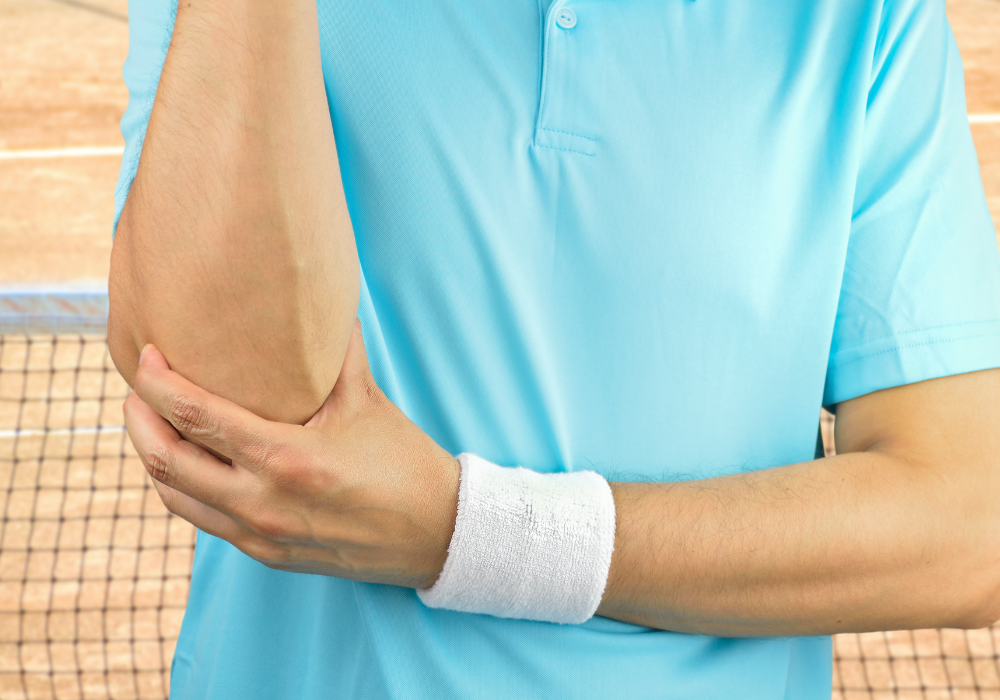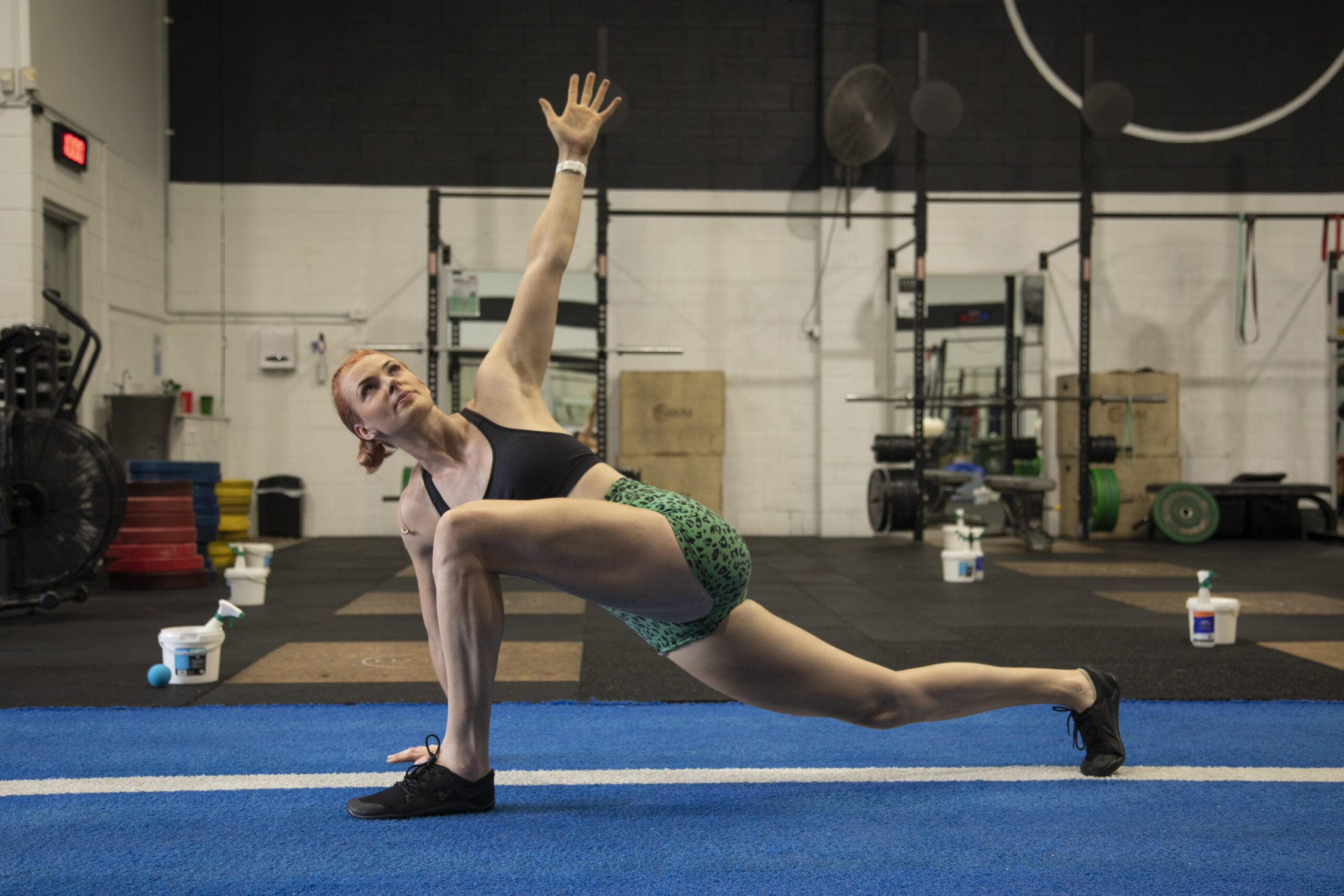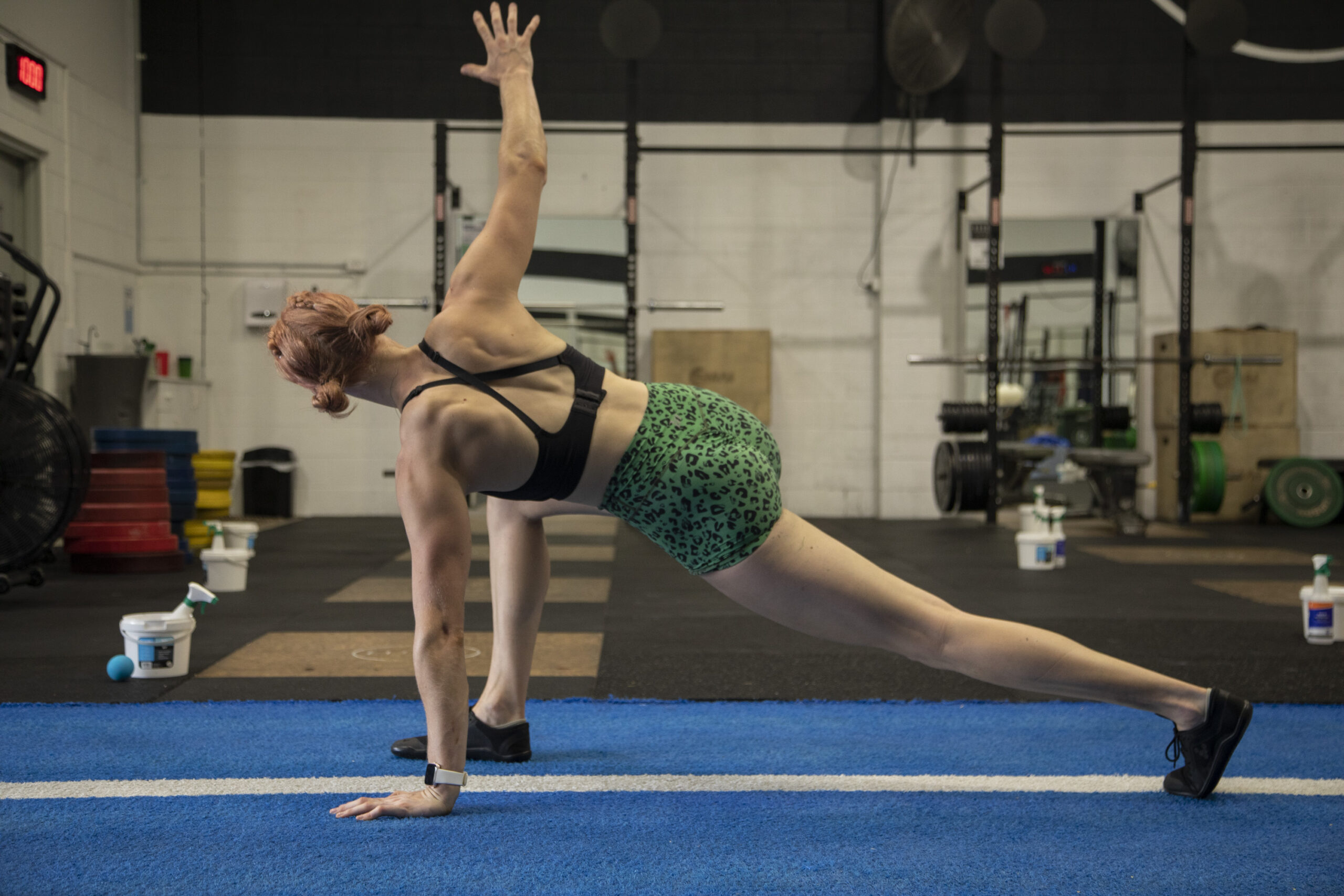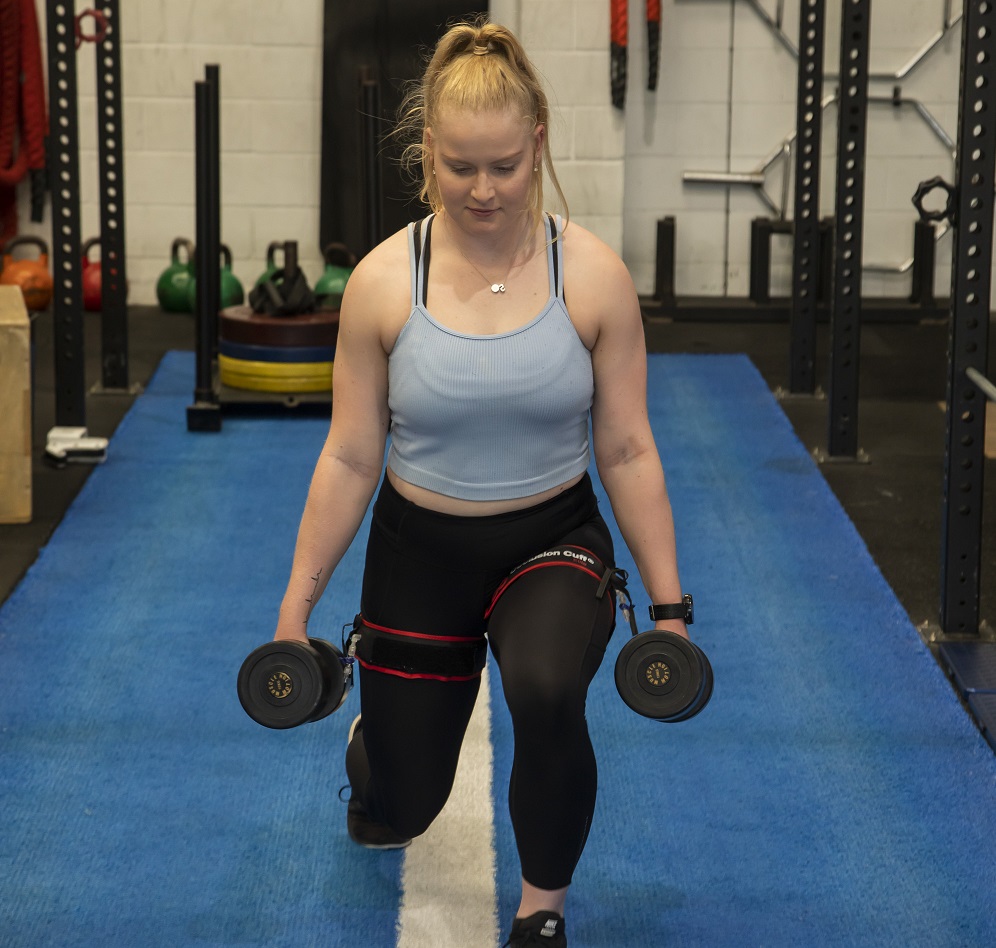Tennis elbow, or lateral epicondylitis, is a condition that causes pain and tenderness on the outer part of the elbow. It is typically caused by repetitive use of the forearm muscles, and is common among tennis players and other athletes who engage in activities that involve gripping and twisting motions (Buchbinder, 2013). While rest and other non-invasive treatments can often help alleviate the symptoms of tennis elbow, rehab exercises can be an important part of the recovery process.

The Role of an Exercise Physiologist in Tennis Elbow Rehab
An exercise physiologist is a healthcare professional who specialises in prescribing exercise for health and fitness purposes. When it comes to treating tennis elbow, an exercise physiologist can play a key role in guiding the rehabilitation process (Maffulli et al., 2008).
A thorough assessment is the first step in any tennis elbow rehab program.
A thorough assessment is the first step in any tennis elbow rehab program. An exercise physiologist can perform a variety of tests and evaluations to determine the extent of the injury and identify any underlying issues that may be contributing to the condition. This may include evaluating range of motion, strength and flexibility as well as conducting a medical history and physical exam.
Once the assessment is complete, the exercise physiologist can work with the patient to develop a customised treatment plan based on their individual needs and goals such as their age, fitness level, and the severity of their condition. This may involve a combination of strength and mobility exercises.
It’s important to note that each patient’s treatment plan will be unique, and may need to be adapted over time as their condition improves. An exercise physiologist can help patients understand how to modify their exercises as needed, and how to gradually progress from pain management to performance improvement.

Types of Exercises
There are several types of exercises that can be effective in rehabilitating tennis elbow (Mishra et al., 2014). Some of the most commonly used exercise types include:
- Strength exercises: These exercises help to improve the strength and endurance of the muscles in the forearm and elbow. Examples include eccentric wrist extensions, reverse wrist curls, and pronation and supination exercises with a dumbbell.
- Range of motion exercises: These exercises help to improve the flexibility and mobility of the elbow and wrist joints. Examples include wrist flexion and extension, elbow flexion and extension, and forearm rotation.
- Proprioception and balance exercises: These exercises help to improve the body’s awareness of its position in space and can be particularly useful in preventing future injuries. Examples include wobble board exercises, ball squeezes, and towel twists.
- Plyometric exercises: These exercises involve quick, explosive movements and can be useful in improving power and speed. Examples include medicine ball throws and upper limb catching exercises.
When To Seek Professional Help
While rehab exercises can be a valuable tool in treating tennis elbow, it’s important to consult with a healthcare professional if you experience severe pain, swelling, or other symptoms. Other signs that you may need to seek professional help include:
- Difficulty gripping or holding objects
- Loss of range of motion in the elbow or wrist
- Persistent or worsening pain, even with rest and rehab exercises

Bringing It All Together
Exercise rehabilitation is one of the most important parts of the recovery process for individuals with tennis elbow. By working with an exercise physiologist and incorporating a range of exercises into your routine, you can help to alleviate pain, improve function, and reduce the risk of future injury. If you’re experiencing symptoms of tennis elbow, don’t hesitate to speak to us and get your rehab journey kick-started today.
References
- Buchbinder, R. (2013). Clinical practice. Tennis elbow. The New England Journal of Medicine, 369(16), 1546-1553. doi: 10.1056/NEJMcp1211515
- Mishra, AK., Skrepnik, NV., Edwards, SG., Jones, GL., Sampson, S., Vermillion, DA., Ramsey, ML., Karli, DC., Rettig, AC. (2014). Platelet-rich plasma significantly improves clinical outcomes in patients with chronic tennis elbow: a double-blind, prospective, multicenter, controlled trial of 230 patients. The American Journal of Sports Medicine, 42(2), 463-471. doi: 10.1177/0363546513518007
- Maffulli, N., Longo, UG., & Denaro, V. (2008). Novel approaches for the management of tendinopathy. The Journal of Bone and Joint Surgery, 90(4), 677-691. doi: 10.2106/JBJS.G.00601
- Waseem, M. (2013). Rehabilitation guidelines for medial and lateral epicondylitis. Journal of Physical Therapy Science, 25(5), 657-665. doi: 10.1589/jpts.25.657






